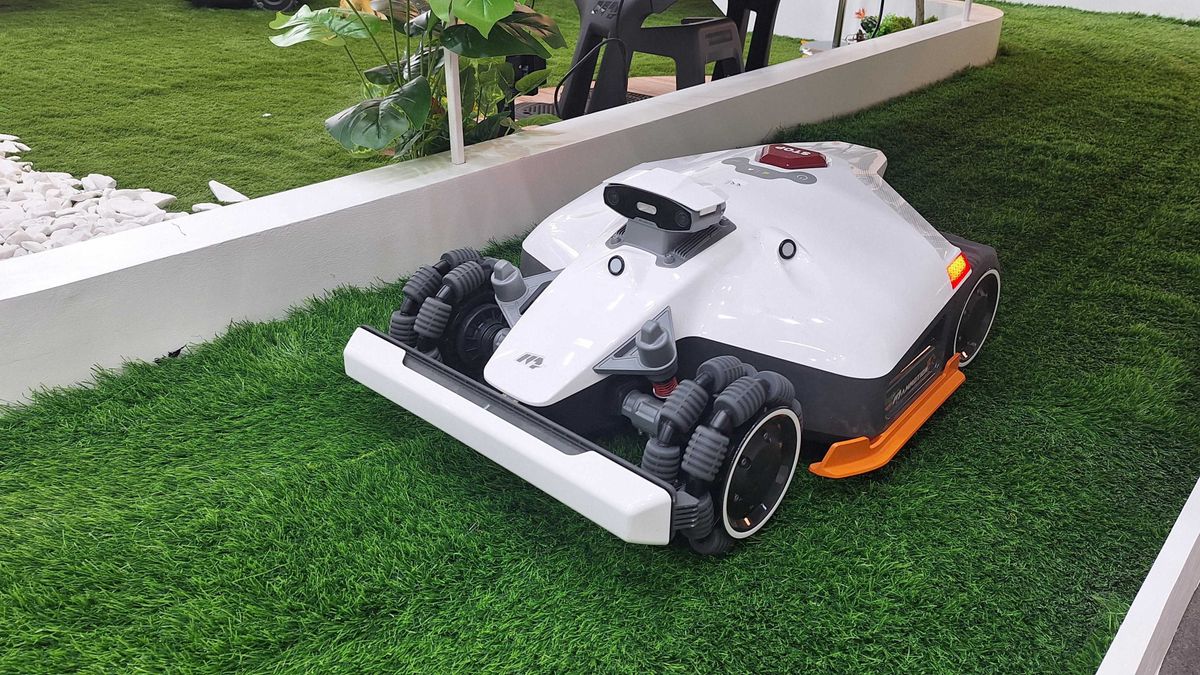While listening in on the atmosphere, a team of researchers from the U.S. military’s Defense Advanced Research Projects Agency (DARPA) picked up unexpected disturbances caused by a SpaceX rocket plummeting through the atmosphere toward its landing site.
DARPA’s AtmoSense program seeks to use Earth’s atmosphere as a global sensor by measuring acoustic and electromagnetic waves propagating through the atmosphere, and attempting to trace them back to a specific disturbance event that took place on Earth. In doing so, DARPA hopes to be able to trace underground explosions or other national security threats using the signals detected from the atmosphere.
During its latest round of listening to the atmosphere, a team used AtmoSense to study sound waves created by controlled explosions in New Mexico. While conducting this work, the team behind the program made an unplanned discovery after noticing something unusual in the sensor data.
“As the team was looking at the data, they saw a huge drop in what’s called total electron content that puzzled them,” Michael Nayak, program manager of AtmoSense, said in a statement. “Imagine that you have water going through a hose. That’s a flow of electrons, and if you put your fist in front of the hose, you’ll notice a significant drop in water volume coming out of the hose.”
After analyzing the data, the team was able to trace the disturbance to a SpaceX Falcon 9 rocket reentry that took place on the same day as the test. “Then they decided to pull other SpaceX reentry data, across dozens of launches, to see if they could spot a similar electron drop,” Nayak added. “The phenomenon is highly repeatable.”
Using AtmoSense, the team inadvertently discovered a new technique to identify objects reentering through Earth’s atmosphere, according to Nayak. The researchers behind the program will share the most recent results from AtmoSense during an upcoming virtual workshop being held from April 15 to 17.
Falcon 9 is the hardest working rocket in the game, with over 450 missions under its belt. SpaceX’s Falcon 9 is a partially reusable, two-stage rocket that launches payloads into orbit, then returns to Earth for a controlled landing, allowing its first stage to be recovered and reused.








 English (US) ·
English (US) ·